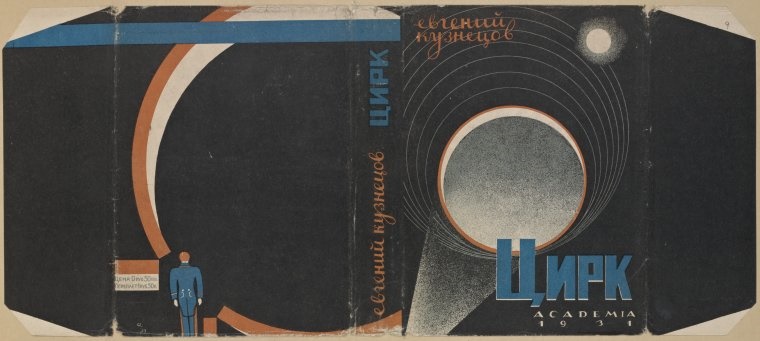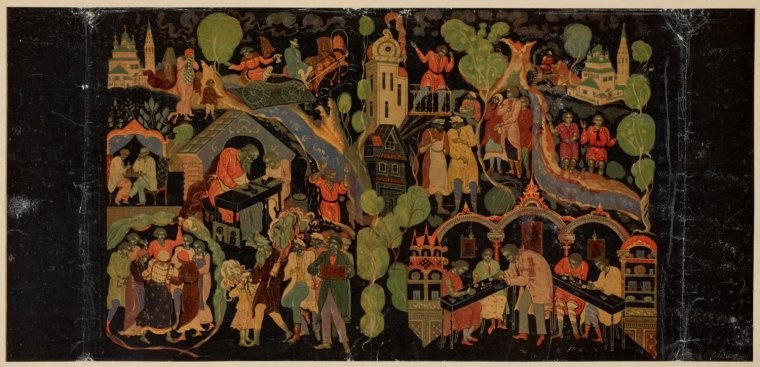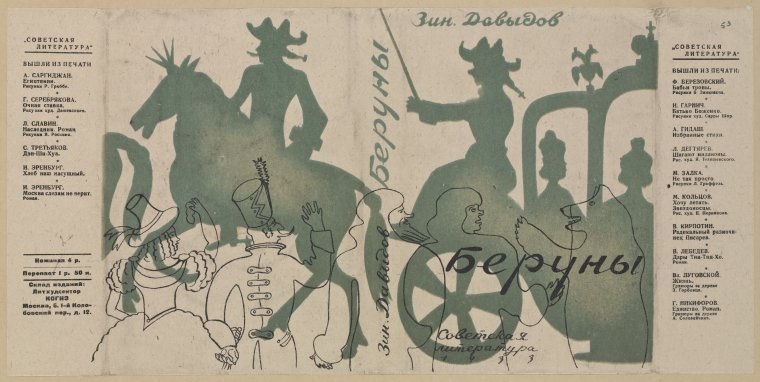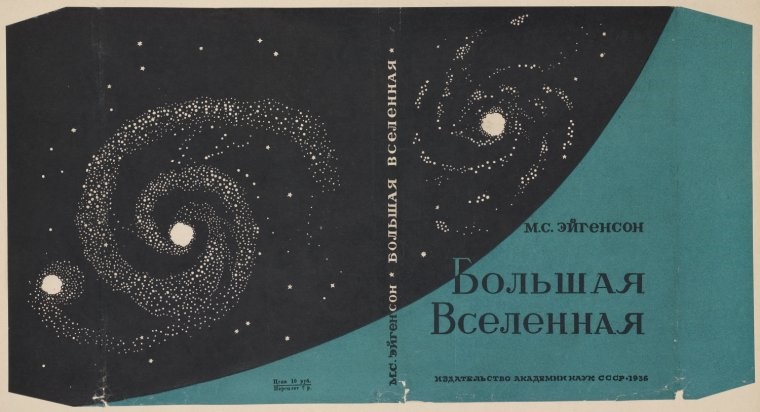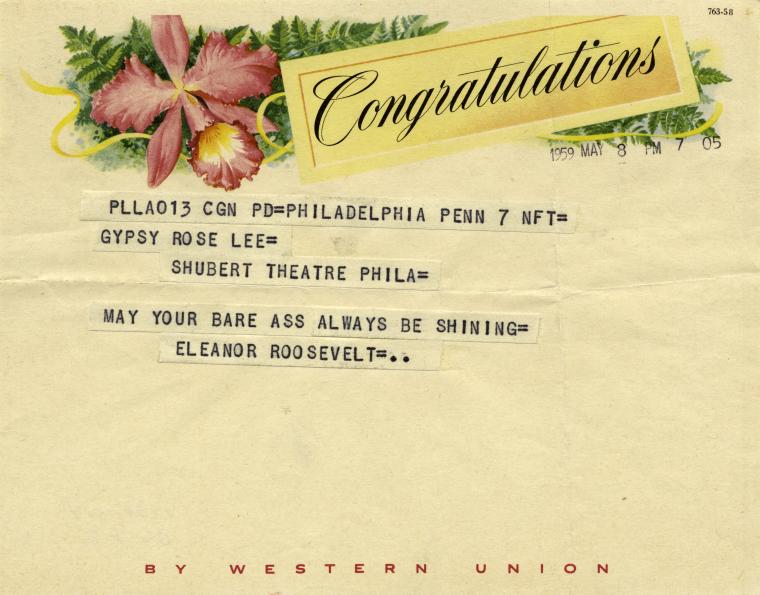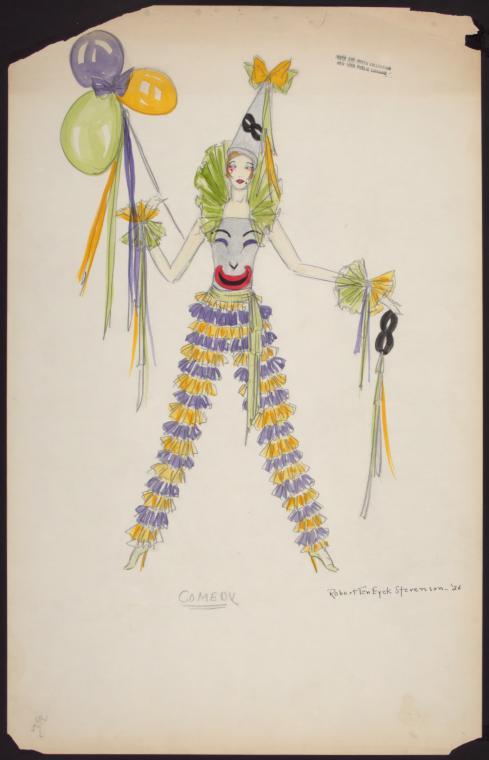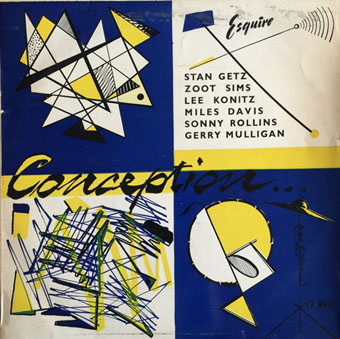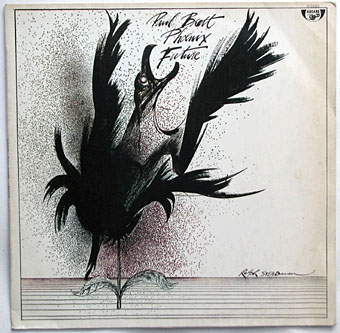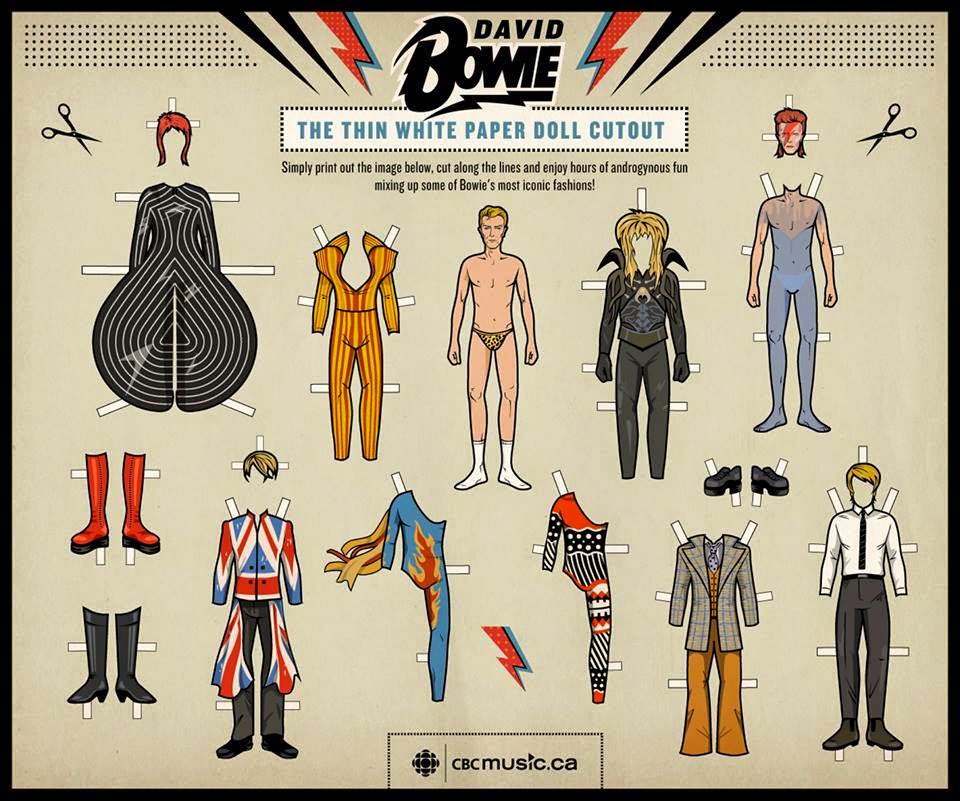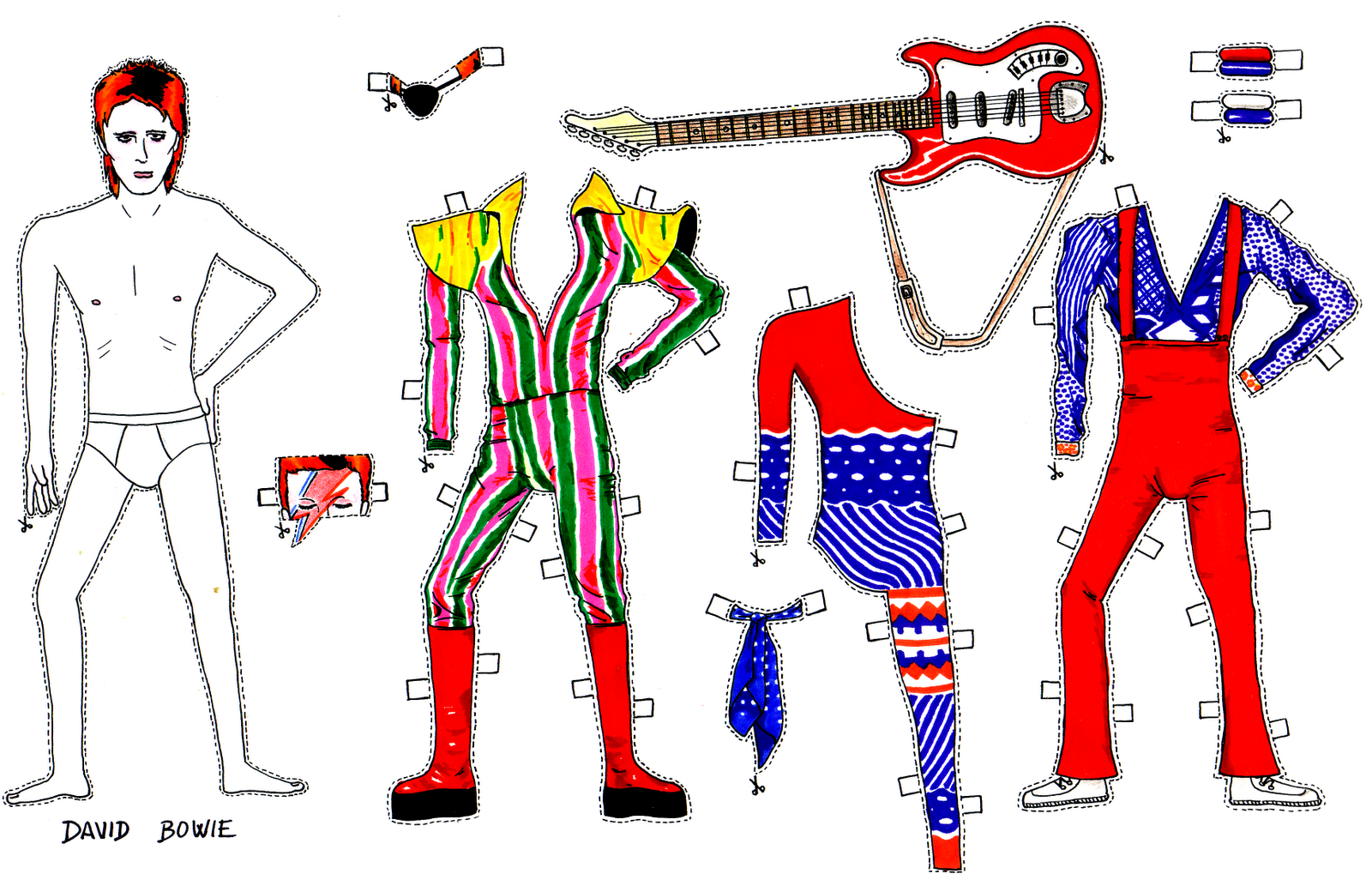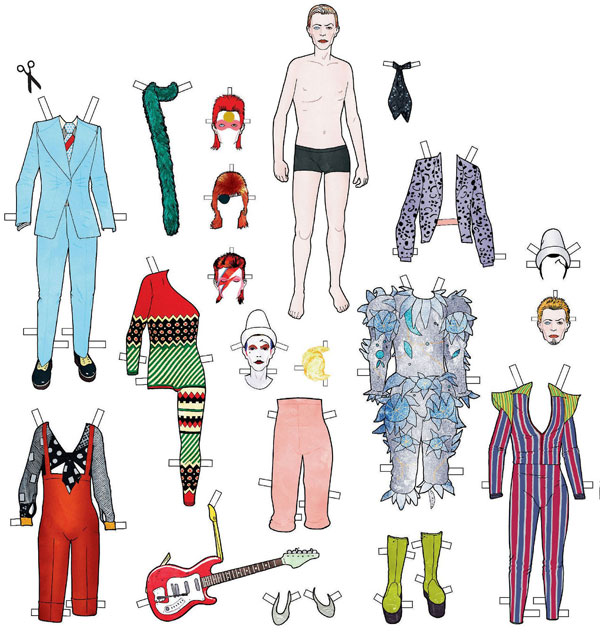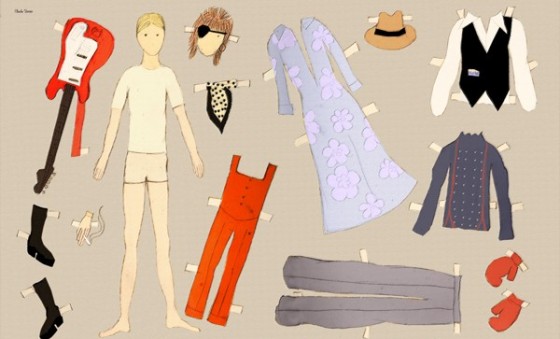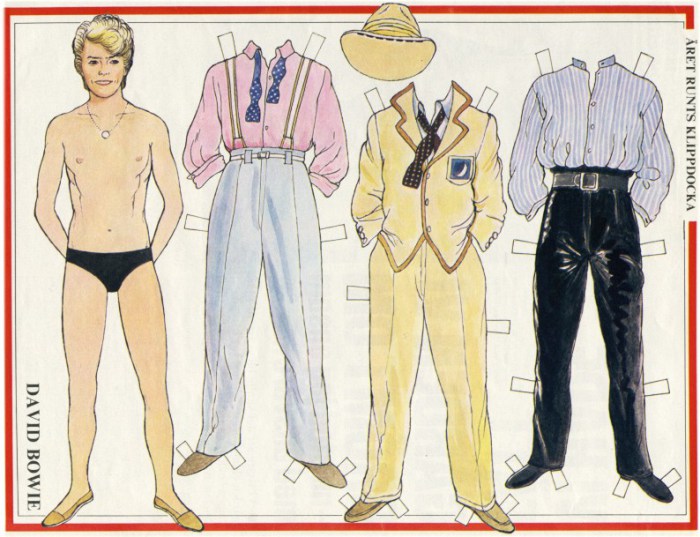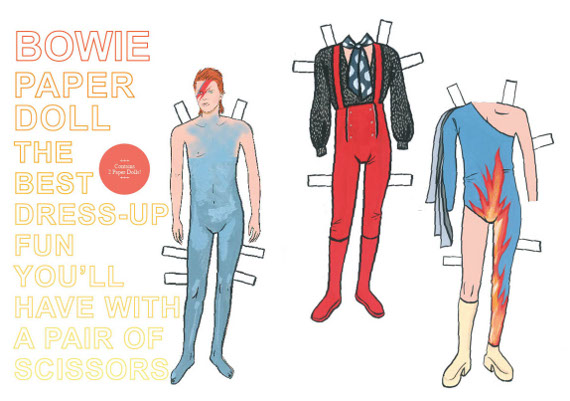Americans like to pride ourselves on the numerous ways our pop culture penetrated the Soviet Union and seduced its youngsters, sending them to bed with dreams of Mickey Mouse, Billie Holiday, Elvis, and Star Wars. Whether it’s jazz in the early decades after the revolution, or rock and roll in the 50s and after, Soviet youth so craved the ways of the West, it seems, that they famously bootlegged American music on used X‑rays, with results of widely varying degrees of quality. That’s all well and good, but we rarely ask what Soviet cultural exports we were missing while we trumpeted our superiority. (I mean, besides Ayn Rand or the comedy of Yakov Smirnoff.)
A few of those exports have become high watermarks of creative innovation and aesthetic beauty, such as the filmmaking of Dziga Vertov and Andrei Tarkovsky. At least one Soviet export, the Theremin, radicalized music with its haunting electronic whine. Much less well-known, however, are the fascinating developments in animation and illustration (such as these outer space utopias). Now—thanks to the New York Public Library’s hugely expansive, free digital image archive—we can view and download 650 examples of Soviet book cover design between the years 1917 and 1942 (most date from the 30s). Many of these covers are as unremarkably vanilla as some of their American counterparts, but no small number offer unique looks into avant-garde Soviet design trends.
Additionally, the archive gives us a broad overview of the kinds of books that were published in the Soviet Union during these pre-Cold War years. It’s unlikely many of these titles saw translation into English and unlikely many of them ever will. In some cases, the author and title of the book represented have been lost to history (as with the colorful cover second from the top). Each of the images here links to a page on the NYPL’s online database, where you can see publication info and download high-resolution scans. Browse, and download, hundreds more pre-War Soviet book cover designs at the NYPL’s “Scrapbook of Russian Bookjackets, 1917–1942,” or see a few more choice selections at The Paris Review, who drew our attention to this wonderful online collection.
via The Paris Review
Related Content:
Soviets Bootlegged Western Pop Music on Discarded X‑Rays: Hear Original Audio Samples
Soviet-Era Illustrations Of J. R. R. Tolkien’s The Hobbit (1976)
Josh Jones is a writer and musician based in Durham, NC. Follow him at @jdmagness
